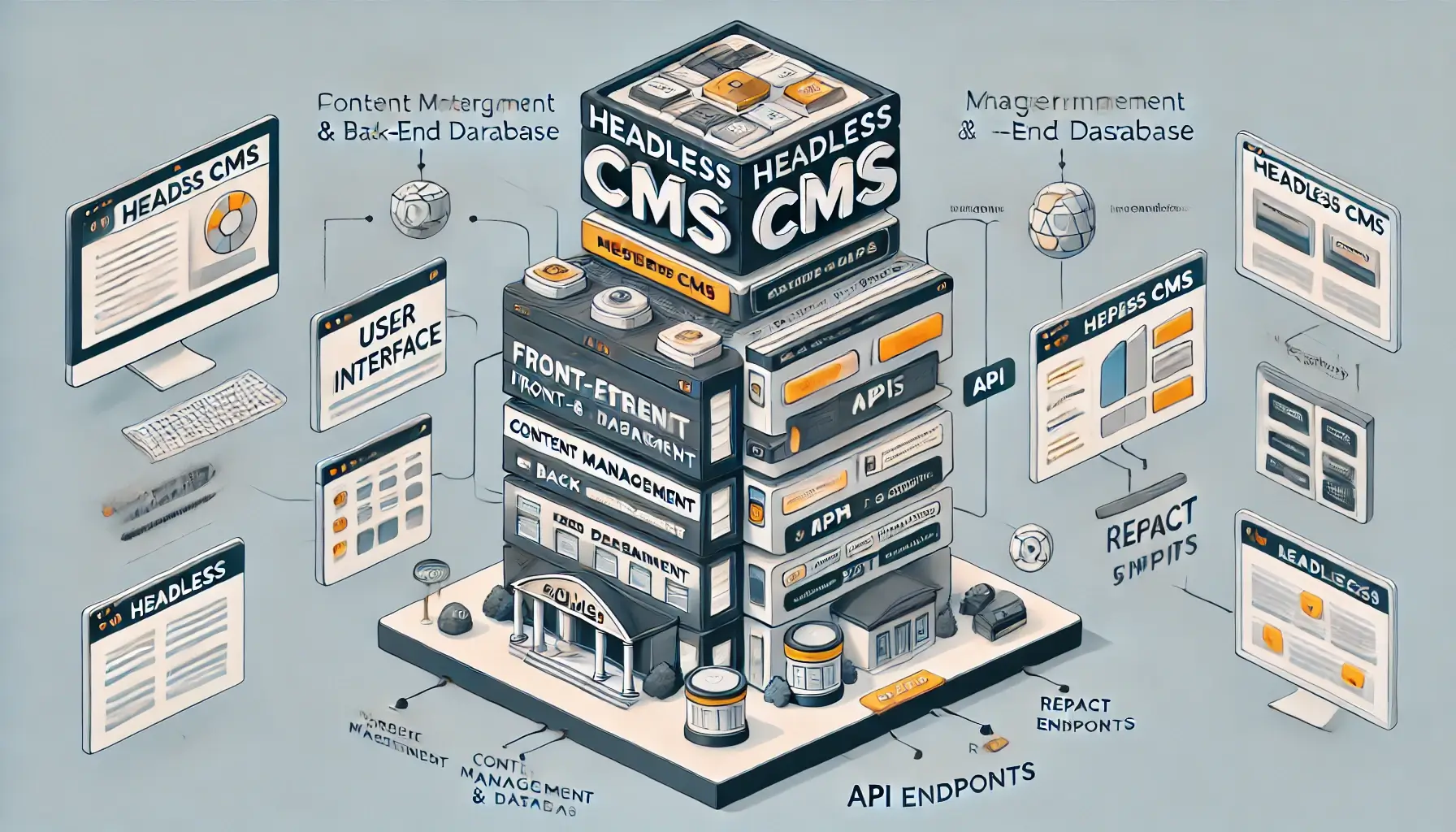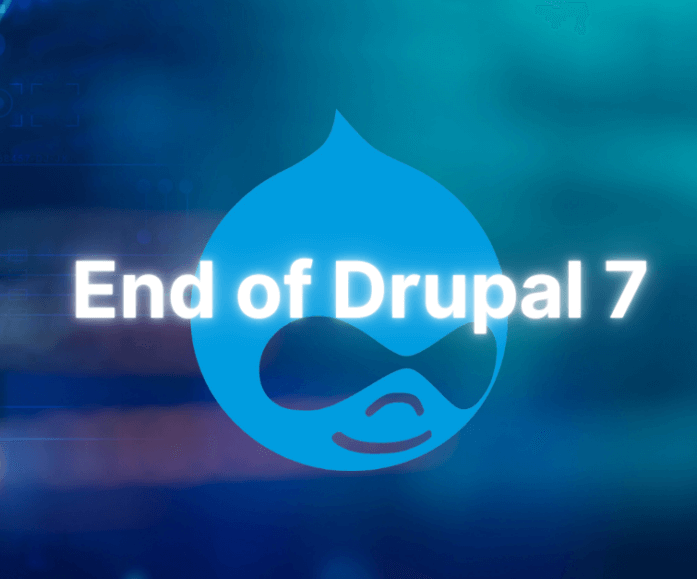
CMS Considerations for Brand Leaders
Choosing the right Content Management System (CMS) is a critical decision for brand leaders. After all, your CMS is essentially the backbone to your digital brand experience. However, in far too many instances, decisions around website infrastructure are left solely to the engineering or technology team. Unfortunately, this approach can result in a disconnected and frustrating experience. Understanding the key CMS considerations for enterprise brands ensures that decisions align with both marketing and technology goals.
In our experience the best website decisions are made when technology and marketing teams are involved in the process.
This article will explore:
- The different types of CMS – and what they offer to marketers
- Common CMS challenges and risks
- What to consider when building a new brand website
- The essential CMS tools that every brand leader needs
A Traditional vs. Headless CMS
Which type of CMS is best for growing brands?
Debating the pros and cons of headless vs. a traditional (monolithic) CMS is common when embarking on an enterprise website project, but in many ways this misses the point.
There are far more important website factors for brand leaders to consider. The real question isn’t about the type of CMS but about finding a solution that aligns with your broader brand strategy and goals.
As part of this evaluation phase it can be helpful to understand how CMS’s have transformed over the years in response to ever-changing marketing needs.
The evolution of content management systems
The journey of CMS technology spans over three decades, transforming from rudimentary blogging tools into sophisticated platforms that power global enterprises and deliver millions of pieces of content in multiple languages.
Broadly speaking, there are two types of CMS:
- Traditional/Monolithic CMS: An all-in-one solution with a combined front-end and back-end
- Headless CMS: A decoupled system with separate front and back-end
The challenges of a headless CMS
When headless technology became really popular around 2015, it was touted as the dream CMS architecture, offering lightning speed page load and unlimited omnichannel possibilities. And because content is processed through a Content Delivery Network (CDN) headless architecture it theoretically meant reduced data storage and development costs.
Unfortunately, as with most trends, the reality is somewhat less dream-like.
In an article entitled ‘Has headless Lived up to its Hype’, CMS wire highlights some of the key challenges brand leaders face after going headless. These include:
- Heavy reliance on developers: Coding skills are required to make even basic changes to most headless set-ups. As most marketers are not fluent in Javascript, Node or React, waiting for a developer to add a new field can make for a frustratingly inefficient editorial experience. The custom nature of headless also makes it harder to enlist contractors e.g. SEO consultants to exercise some autonomy.
- A more nuanced WYSIWYG experience: Instead of a direct integration, headless content is connected to the database via an API. In some set-ups this means live preview is inconsistent or impossible so marketers are unable to see how their changes will appear.
- Incompatibility with martech and SEO tools: With a more traditional WordPress CMS, users can harness a huge marketplace of incredible (and often free) marketing, SEO and editorial tools. headless functionality out-of-the box is limited and often requires custom development.
- Escalating technical debt: Multiple systems = multiple codebases and lots of task repetition. This can very quickly escalate into a tangled mess of dependencies and dreaded ‘glue code’, which presents technical risk and affects site performance.
As an independent WordPress agency, we’ve seen every type of website architecture imaginable. We have also performed the most ‘rescue operations’ for marketing teams tearing their hair out with a headless CMS.
That said, we also understand the limitations of traditional WordPress builds for organisations grappling with increasingly complex audience data, shifting algorithms and the constant pressure to produce more with less time and resources.
READ MORE: The Minimalist Publisher: How to Publish Better with Less
How a Flexible CMS Benefits Brand Growth
As a brand leader, you don’t need more complexity and you definitely don’t need more gimmicks and technical debt. In fact, a CMS study by Forrester research among the top global enterprises revealed that, despite investment in sophisticated content personalisation capabilities, they were mostly under-utilised. This is largely due to the data investment required to effectively harness personalisation technology.
In contrast, the CMOs of these same enterprises resoundingly agreed that the most valuable aspect of their CMS comes from the content creation and aggregation capabilities – and the business efficiencies that brings.
This research highlights the importance of getting the fundamentals right and reinforces The Code Company’s anti-complexity philosophy of How can we deliver the most impactful business results in the simplest possible way?
This is particularly important for global house-of-brands organisations with many business divisions and multinational regions. These types of brands need the backend architecture to maintain solid security and governance standards plus the freedom for individual brands to create their own digital experiences and campaigns. A flexible WordPress CMS is the ideal solution in these situations.
The most important technology questions for growing brands
In our experience, what brand leaders need most of all from a CMS is speed, simplicity and smart functionality.
So rather than asking what type of CMS to choose, some more helpful questions to consider are:
- WHO will be using the CMS (what role do they have and what is their level of technical skill?)
- What MARKETING TOOLS are you using? E.g. SEO, email marketing, analytics platforms etc.
- What OTHER TECHNOLOGIES need to be integrated e.g. Payment portals, corporate directories, intranets etc.
Using this insight as a starting point, rather than diving straight into tech choices, will result in far better results. As a strategic WordPress agency, our focus at The Code Company is less on simply building a website but instead on developing a technical solution that accelerates your marketing roadmap.
Conclusion
As a brand leader, you should worry less about the ‘type’ of CMS and instead focus on creating the right technical backbone for your digital strategy. This involves partnering with an agency capable of managing complex data and security requirements while delivering a front end that fosters flexibility and creative innovation. By shifting the focus from technology to strategy, you can ensure your CMS supports your brand’s goals and drives meaningful outcomes.

